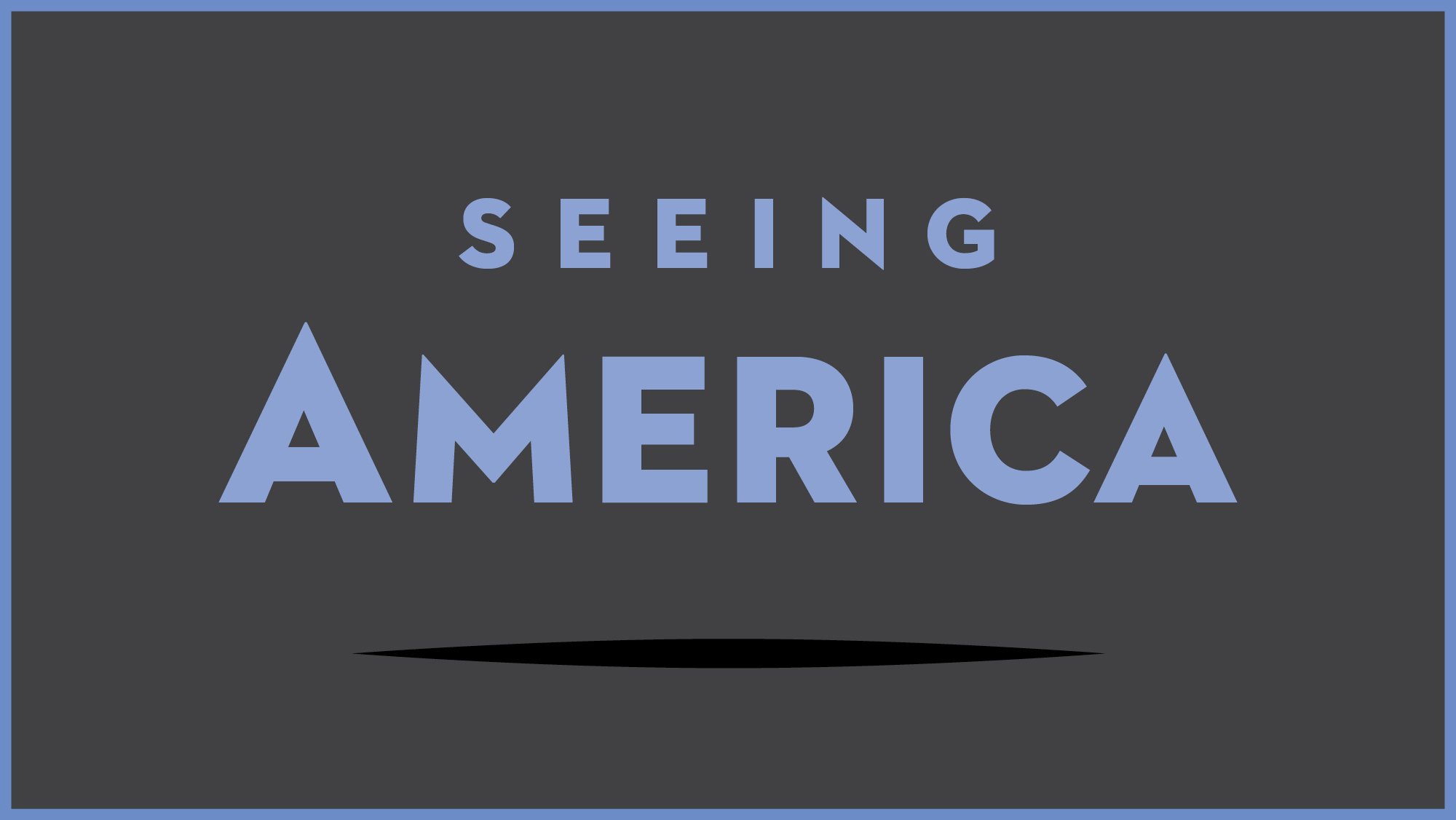Test your knowledge with a quiz
Church, Cotopaxi
Key points
- This large oil painting, measuring four by seven feet in size, presents a panoramic view of the Ecuadorian landscape. Cotopaxi, the volcano positioned in the background of the composition, actively erupts and impacts the entire scene. Painter Frederic Edwin Church made multiple sketches on two trips to South America, translating them to large painted canvases upon his return to his studio in New York.
- Church was inspired by the work of Prussian naturalist Alexander von Humboldt, whose published descriptions and ideas about the natural world were widely read in the United States. Church’s highly detailed style and interest in natural wonders, like volcanos, reflects a fascination with the great variety of the environment as well as the emerging understanding of the earth’s geological evolution.
- Church’s focus on sites of natural grandeur was shared by his fellow Hudson River School painters. In his images, any human presence was often dwarfed by the sublime beauty and immensity of such locales.
- Cotopaxi was painted in 1862, midway through the American Civil War. Different symbolic readings of the painting suggest that the violence of the eruption led to either hope or despair for the warring nation.
Go deeper
This work at the Detroit Institute of Arts
Read more about Frederic Edwin Church (The Metropolitan Museum of Art)
See a list of newspaper coverage of Cotopaxi as it traveled on exhibition in 1863–1865 (scroll down to “published references”).
Who Was Alexander von Humboldt? Smithsonian Magazine March 2020
Alexander von Humboldt and the United States: Art, Nature, and Culture (exhibition at Smithsonian American Art Museum, 2020-2021)
Learn about the Hudson River School at the Metropolitan Museum of Art and from Google Arts & Culture.
Frederick Douglass’s address “The American Apocalypse” (delivered June 16, 1861)
More to think about
How do you understand this painting? Based on what you see and your knowledge of the time, do you read it as hopeful or as a metaphor of a nation in despair?



